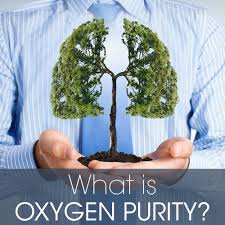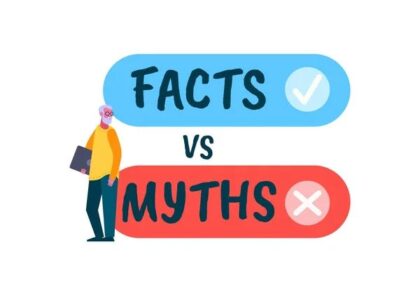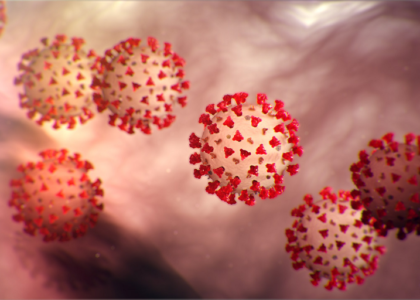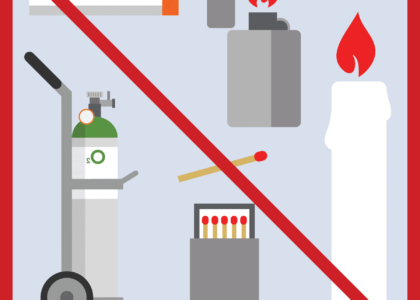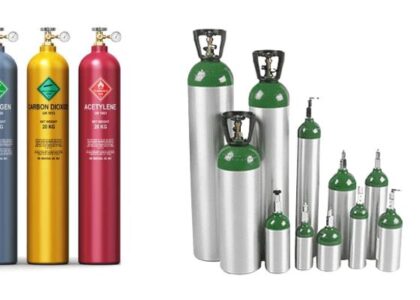The Science Behind Medical Oxygen: Why Purity Matters
Introduction
Medical oxygen plays a life-saving role for countless individuals across the globe. Whether it’s a patient battling respiratory illness or someone recovering from surgery, oxygen therapy can be the difference between life and death. But not all oxygen is created equal. In fact, the purity of oxygen used in medical settings is one of the most crucial factors for effective treatment. Let’s dive into the science behind medical oxygen and understand why purity is non-negotiable.
What is Medical Oxygen?
Medical oxygen is high-purity oxygen that is free from contaminants and is used specifically for medical treatments. It is considered a drug under regulations in many countries, including India, and is prescribed by healthcare professionals to treat conditions that cause oxygen deficiency.
Difference Between Medical and Industrial Oxygen
While both medical and industrial oxygen may come from similar sources, they serve very different purposes. Medical oxygen is highly purified and tested for human use, while industrial oxygen may contain impurities like oil, dust, or other gases. Using industrial oxygen for medical purposes can be dangerous and even fatal.
The Role of Oxygen in the Human Body
Your body requires oxygen to operate. Every cell in your body depends on oxygen to produce energy through a process called cellular respiration.
Oxygen and Cellular Function
Oxygen enters the lungs, passes into the blood, and is carried to the body’s cells, where it helps convert nutrients into usable energy. Without enough oxygen, organs begin to fail and serious complications can arise.
Understanding Oxygen Purity
What Does “Purity” Mean in Medical Terms?
‘Oxygen purity’ refers to the ratio of oxygen to other gases in the gas mixture contained in the cylinder. Medical-grade oxygen must have a purity of at least 99%, ensuring that patients receive only what their bodies need to function optimally.
Purity Standards in Medical Oxygen
In India, the Bureau of Indian Standards (BIS) mandates that medical oxygen must comply with IS: 309 standards, which specify a minimum of 99.0% oxygen purity, with stringent limits on moisture and contaminants.
Why Purity is Critically Important
Risks of Impure Oxygen
Impure oxygen can contain traces of harmful substances like carbon monoxide or hydrocarbons. These can cause serious respiratory issues, infections, or allergic reactions in already vulnerable patients.
Impact on Patients with Respiratory Issues
For patients with conditions like COPD, asthma, or COVID-19, even small amounts of contaminants can worsen their condition. Oxygen therapy must be clean, reliable, and safe.
How Medical Oxygen is Produced
Producing high-purity oxygen requires advanced technologies and strict controls.
Oxygen Separation Techniques
Two main methods are used to separate oxygen from the air:
Cryogenic Distillation: Air is cooled until it liquefies, and oxygen is separated at its boiling point.
Pressure Swing Adsorption (PSA): Used in oxygen concentrators, this method filters nitrogen out and leaves behind concentrated oxygen.
Storage and Cylinder Quality
Even after production, oxygen must be stored in sterile, non-corrosive, medical-grade cylinders that are cleaned and maintained regularly . Cylinders of inadequate quality can bring back impurities and jeopardize purity.
Safety and Regulation
BIS and Drug License Regulations in India
Oxygen suppliers must be certified and hold a valid Drug License. All equipment must meet BIS standards, and refilling stations are subject to strict audits and checks to ensure safety and consistency.
How Shreeji Gas Ensures Oxygen Purity
At Shreeji Gas Industries, we prioritize your health. We follow all government standards, including:
Supplying only certified medical-grade oxygen
Using dedicated cylinders for medical use
Regular quality testing and purification
Trained staff and 24×7 customer support for emergencies
We don’t compromise—because we know lives depend on it.
FAQs
- Can I use industrial oxygen in an emergency?
No. Industrial oxygen can have impurities and is not suitable for medical purposes .
- How can I know if my oxygen cylinder is medical-grade?
Check for labels, BIS markings, and confirm it is from a licensed supplier like Shreeji Gas.
- What happens if the oxygen purity is below 99%?
It can reduce the therapy’s effectiveness and may cause complications, especially in sensitive patients.
- Do oxygen cylinders expire or go bad?
The oxygen itself doesn’t expire, but cylinders must be tested regularly for safety and leaks.
- Is there any smell in pure oxygen?
No. Medical-grade oxygen is odorless, colorless, and tasteless.
Conclusion
When it comes to medical oxygen, purity isn’t optional—it’s essential. Using oxygen with the correct concentration, free of harmful impurities, ensures that patients receive safe and effective treatment. Whether at a hospital or home, always choose a trusted supplier like Shreeji Gas who puts quality and care first.

